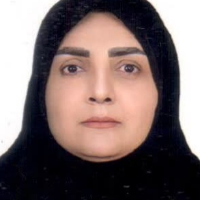فهرست مطالب «maryam ahmadi»
-
جایگاه فناوری در جریان رسیدگی به دعاویThe role of technology in the process of investigation
-
-
-
-
-
رابطه ادراک رفتار مربی، جو انگیزشی ادراک شده و استحکام روانی در دختران فوتبالیست نوجوانThe Relationship between Coach's Perceived Behavior, Perceived Motivational Climate and Mental Toughness in Youth Female Footballer
-
-
-
-
-
-
-
-
-
-
نمایش عناوین بیشتر...
سامانه نویسندگان
اطلاعات نویسنده(گان) توسط ایشان ثبت و تکمیل شدهاست. برای مشاهده مشخصات و فهرست همه مطالب، صفحه رزومه ایشان را ببینید.
بدانید!
- در این صفحه نام مورد نظر در اسامی نویسندگان مقالات جستجو میشود. ممکن است نتایج شامل مطالب نویسندگان هم نام و حتی در رشتههای مختلف باشد.
- همه مقالات ترجمه فارسی یا انگلیسی ندارند پس ممکن است مقالاتی باشند که نام نویسنده مورد نظر شما به صورت معادل فارسی یا انگلیسی آن درج شده باشد. در صفحه جستجوی پیشرفته میتوانید همزمان نام فارسی و انگلیسی نویسنده را درج نمایید.
- در صورتی که میخواهید جستجو را با شرایط متفاوت تکرار کنید به صفحه جستجوی پیشرفته مطالب نشریات مراجعه کنید.



